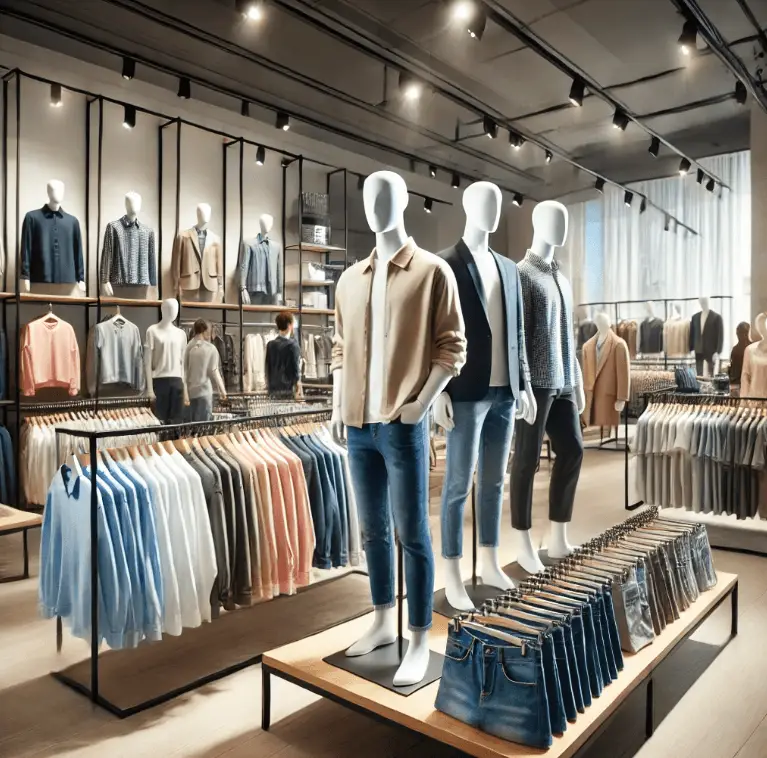
Fashion is a vast industry with different sectors catering to various consumer preferences and price ranges. Two prominent categories that often come up are Couture and Ready-to-Wear (RTW) fashion. While both contribute significantly to the global fashion landscape, they differ in production, pricing, and exclusivity.
Understanding Ready-to-Wear (RTW)
Ready-to-Wear, often referred to as RTW, is the most common type of clothing sold worldwide. As the name suggests, RTW garments are manufactured in standard sizes and are ready to be worn immediately upon purchase. This eliminates the need for custom alterations, except in rare cases like minor adjustments for fit (e.g., hemming a pair of trousers).
In different parts of the world, RTW is known by different terms:
- Off-the-peg in the United Kingdom
- Prêt-à-porter in France
- Moda pronto in Italy
RTW garments are typically produced in large quantities using mass-manufacturing techniques. These processes rely on machinery and standardized sizing, which allows brands to offer affordable fashion to a wide range of consumers. Since most of the work is done by machines, there’s little need for hand-sewing, reducing labor costs. However, despite these benefits, the production of RTW fashion remains labor-intensive due to the need for assembly, quality checks, and fast-paced production schedules.
Haute Couture: The Pinnacle of Fashion Artistry
On the other end of the spectrum is haute couture, often shortened to couture. Unlike RTW, couture pieces are handmade, tailored, and meticulously crafted for individual clients. These garments are showcased in exclusive shows twice a year, primarily in Paris, but also in other fashion capitals.
Couture garments stand out for several reasons:
- Exclusivity: Couture pieces are produced in limited quantities, sometimes as few as one or two pieces per design.
- Personalization: Each piece is customized to fit the client’s measurements perfectly, offering a unique fit that off-the-rack clothing cannot provide.
- High-quality materials: The fabrics used in couture are of the highest quality, often custom-made for the collection.
- Hand craftsmanship: A significant portion of couture garments is made by hand, with expert artisans dedicating hundreds of hours to embellishments, embroidery, and construction.
Couture represents the epitome of luxury and craftsmanship in fashion, with prices to match. These garments are not just worn but cherished as pieces of wearable art.
Key Differences Between Couture and RTW


| Feature | Couture | Ready-to-Wear (RTW) |
|---|---|---|
| Production Quantity | Small, exclusive runs | Mass-produced in large quantities |
| Fit | Tailored to individual clients | Standardized sizing |
| Price | Extremely high | Affordable to a broader audience |
| Craftsmanship | Hand-sewn with intricate detail | Mostly machine-made |
| Availability | Sold by appointment only | Widely available in stores |
The Intersection of Couture and RTW
In recent years, the lines between couture and RTW have blurred, with some fashion houses introducing “demi-couture” lines that incorporate elements of both worlds. These garments might be produced in small quantities but still offered in standard sizes, making them more accessible to high-end fashion lovers who can’t afford full couture pieces.
In the next section, we’ll delve deeper into the Ready-to-Wear industry, exploring why, despite mass production techniques, RTW remains labor-intensive. Stay tuned!
Social Share
We’d love to hear your thoughts! Share your views in the comments below and let’s continue the conversation on how couture and RTW influence your fashion choices.